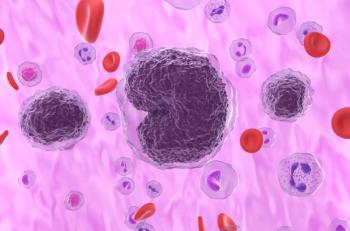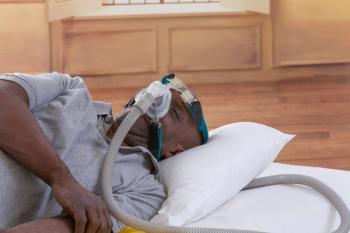
Energy Insecurity Linked to Higher Depression, Anxiety in US Adults
Key Takeaways
- Energy insecurity affects 43% of US adults, disproportionately impacting marginalized groups and leading to higher depression and anxiety rates.
- The study highlights the need for enhanced public health strategies, including bill assistance and weatherization services, to address energy insecurity.
National data show adults struggling to afford energy bills face over twice the odds of depression and anxiety.
Nearly half of US adults experience some form of energy insecurity—and those affected face significantly higher odds of
This cross-sectional study is published in
Energy insecurity is the inability to meet basic household energy needs, spanning economic, physical, and coping challenges.2 In 2020, 33.5 million US households faced energy insecurity, with Black, Indigenous, Hispanic, low-income, and renter households disproportionately affected. Common hardships include high utility costs, unsafe home temperatures, and forgoing essentials like food or medicine.
“Despite its high prevalence, energy insecurity remains underrecognized in public health and policy intervention strategies,” wrote the researchers of the study.1 “Expanding, coordinating, and better publicizing efforts that enhance household energy affordability, such as bill assistance, payment plans, and weatherization services, may offer a meaningful strategy to support mental health and promote household stability amid rising energy costs and climate-related stressors.”
The study used nationally representative data from the US Census Bureau’s Household Pulse Survey, conducted between December 9, 2022, and September 16, 2024. The researchers assessed energy insecurity through 2 exposure models: one examining 3 key components—inability to pay energy bills, maintaining unsafe or unhealthy home temperatures, and forgoing necessities such as food or medicine to pay for utilities—and another using a composite measure indicating the presence of any of these experiences within the past year.
Mental health outcomes were measured using abbreviated versions of the Patient Health Questionnaire and Generalized Anxiety Disorder scale to identify symptoms of depression and anxiety. Additionally, the analyses were adjusted for sociodemographic and other social determinants of health to evaluate the association between energy insecurity and mental health symptoms.
Among the 187 million adults represented in the weighted sample, more than 43% reported experiencing at least 1 form of energy insecurity in the previous year. Adults who were energy insecure were significantly more likely to report symptoms of depression and anxiety than those who were not.
After adjusting for sociodemographic and other social determinants of health, energy insecurity remained strongly associated with poor mental health outcomes. Specifically, individuals facing energy insecurity had more than twice the odds of experiencing anxiety (OR, 2.29; 95% CI, 2.24-2.34) and depression (OR, 2.31; 95% CI, 2.26-2.37) compared with energy-secure adults.
However, the researchers noted some limitations. Low response rates and potential underrepresentation of those facing energy insecurity may have underestimated associations. Additionally, the study’s cross-sectional design limited causal inference, while subjective measures and differing recall periods may have affected accuracy.
Despite these limitations, the researchers believe the study underscores the mental health burden of energy insecurity and highlights its importance as a growing social determinant of health in the US.
“In this cross-sectional study of US adults, energy insecurity was associated with mental health symptoms,” wrote the researchers. “As household energy insecurity is expected to increase, these findings provide valuable evidence for policymakers deliberating the future of federally funded assistance programs.”
References
1. Graff M, Aung AW. Energy insecurity and mental health symptoms in US adults. JAMA Netw Open. 2025;8(10):e2539479. doi:10.1001/jamanetworkopen.2025.39479
2. Hernández D, Krasniqi Q, Peek A. Energy insecurity in the United States. October 16, 2023. Accessed October 24, 2025.
Newsletter
Stay ahead of policy, cost, and value—subscribe to AJMC for expert insights at the intersection of clinical care and health economics.













































